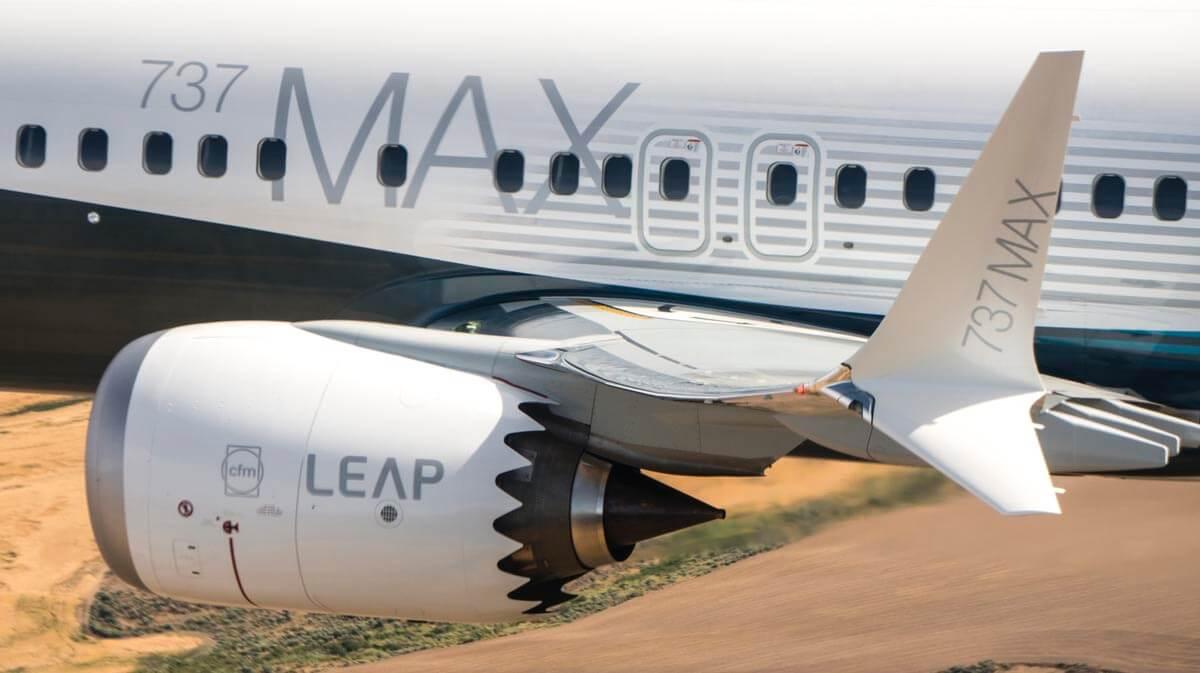
Europe will account for 23% of new engine deliveries over the next decade, and these deliveries will outpace retirements, which will peak in the region at 600 in 2025, according to Aviation Week Network's latest Civil Aviation Fleet & MRO Forecast.
Regulators have banned the use of Dupont’s Kathon FP 1.5 biocide in Boeing 737 MAXs, the first of what is likely to be a series of mandates to protect fuel systems from in-service incidents linked to the anti-microbial fuel system additive.
The airworthiness directive issued July 14 by the FAA and immediately adopted by EASA orders MAX operators to remove Kathon from engines and prohibits its use.
Dupont removed Kathon from the aviation market in March based on findings from in-service incidents that showed the additive can form fuel system-clogging salt crystals under certain conditions. A GEnx-1B-powered Jetstar Boeing 787 suffered thrust loss in both engines in a March 2019 incident that was linked to Kathon use. An investigation revealed that improper ratios of biocide to fuel can lead to crystals forming and found seven other incidents where all engines on an aircraft could not be started. In each case, the issue was linked to improper ratios of Kathon to fuel, or failure to ensure the additive was sufficiently mixed in.
Dupont pulled the product from the aviation market and urged distributors to do the same. General Electric (GE) and its Safran joint venture CFM International recommended that operators not use the product. Several regulators, including FAA, EASA, and Australia’s Civil Aviation Safety Authority followed up with safety bulletins discouraging Kathon’s use and providing general biocide use guidance.
Both aircraft and engine manufactures are studying the issue, and more mandates are expected.
“The FAA may consider similar rulemaking to address the unsafe condition on other airplane models, such as the aforementioned Boeing 787, pending findings from further investigation of other engines,” the agency said.
Because the issue affects the entire fuel system, both airframe and manufacturers are developing operational guidance. The MAX directive is based on a June 24 Boeing multi-operators message sent to MAX operators. Boeing’s guidance explains that 30 flight cycles following Kathon treatment is sufficient to minimize the risk of anomalies. For aircraft with Kathon that have not flown at least 30 cycles, a removal process is described.
Regulators did not indicate why they targeted the idled MAX fleet as the first to have a Kathon ban. The fleet has been grounded since March 2019, making it more likely for MAXs to have undergone Kathon treatment as part of their storage process before the fuel system contamination issue came to light following the Jetstar incident. The recent increase in parked aircraft triggered by the novel coronavirus pandemic has come largely after Dupont pulled the product and regulators issued their warnings.
The GEnx-1B’s involvement in the Jetstar incident makes it a likely target for a mandate, while other LEAP-powered models, including Airbus narrowbodies, will be scrutinized.
In the Jetstar incident, the 787-8 was on approach to Kansai International Airport at 16,000 ft. preparing to turn onto its downwind leg when the left engine temporarily fell before idle, following shortly by the right engine. The anomalies were temporary, and the aircraft landed safely.
Investigators found the aircraft fuel system had a biocide treatment two days before the flight. The biocide apparently did not mix completely with the fuel already onboard, setting the stage for problems, investigators concluded.
“Residue primarily composed of magnesium salts accumulated in spools [and] impeded movement of spools,” the Japan Transport Safety Board said in a June 25 final report. “It is somewhat likely that the fuel with a higher concentration ratio of biocide, which was loaded in the biocide treatment two days before the serious incident, did not mix evenly with the remaining fuel in wing tanks and was fed to the engines.”





